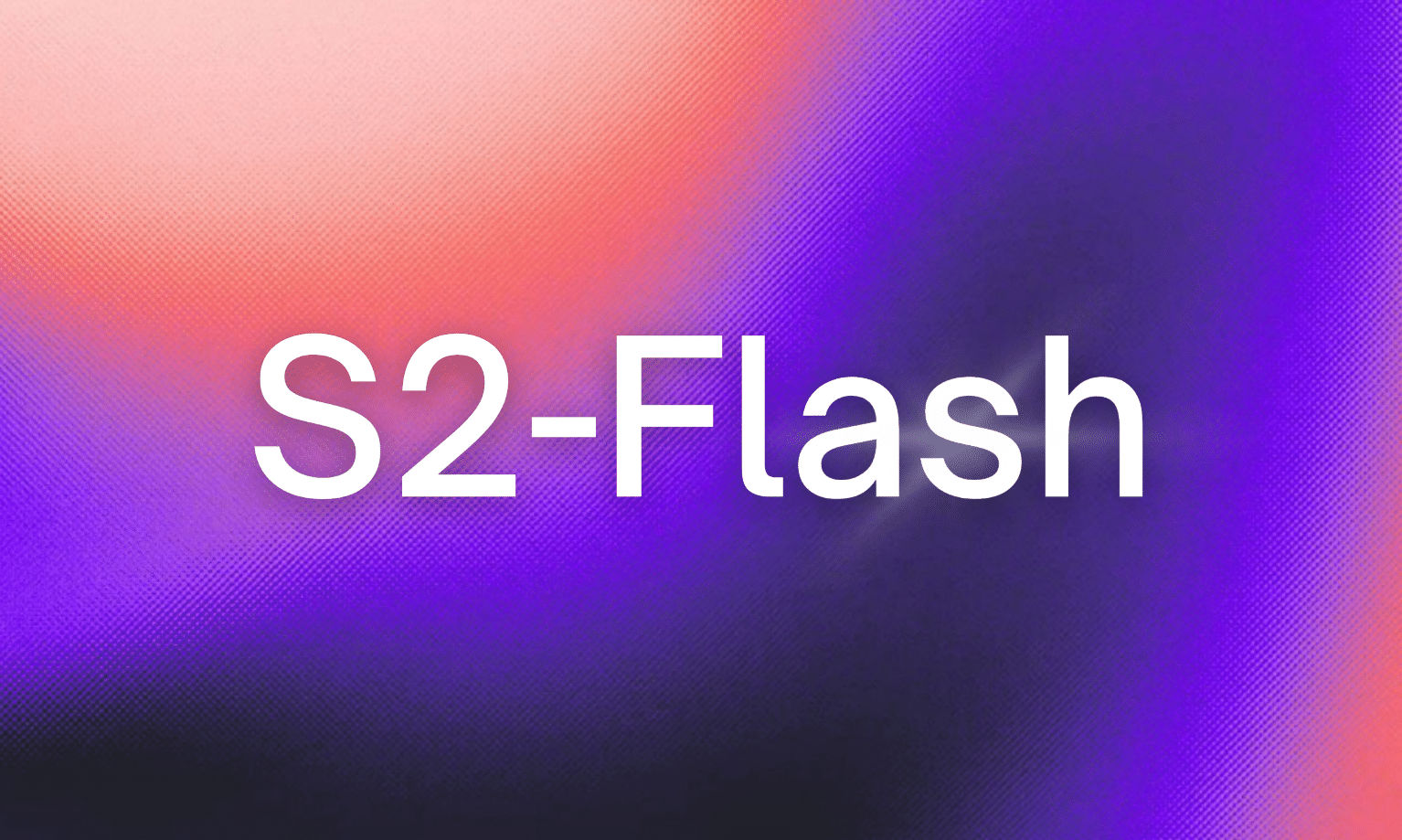SVECTOR’s compact, ultra-fast text-to-image diffusion model. Create images in just 8 steps with our proprietary Flash Dynamics and distillation innovations.

S2-Flash is a state-of-the-art text-to-image diffusion model designed for high-resolution (1024×1024) image synthesis in as few as 8 sampling steps. By leveraging the Flash Dynamics Framework, a tri-phase hybrid feedback distillation pipeline, and adversarial refinement, S2-Flash achieves sub-100ms inference latency on consumer-grade GPUs while maintaining photorealistic quality and strong alignment with text prompts. This makes it ideal for real-time applications such as interactive media, design tools, and mobile inference.
The Flash Dynamics Framework introduces an energy-manifold-based approach to generative modeling, replacing traditional score-matching with energy-guided latent traversals. Inputs are embedded into a smooth manifold using a learnable projection matrix, enabling controlled signal degradation via the forward process , where . The reverse process, driven by a Flash Network predicting energy increments, allows S2-Flash to compress the denoising trajectory, achieving high-fidelity outputs with minimal steps.
The S2-Flash architecture comprises three optimized components: Latent Packet Compression reduces dimensionality while preserving essential features via attention-based encoding ; Temporal Coherence ensures consistency across timesteps using causal attention with learned gating ; and Adaptive Manifold Decoding reconstructs images through a weighted sum of expert MLP outputs . These components collectively enable rapid, high-quality image generation.
S2-Flash employs a tri-phase distillation strategy to transfer knowledge from a large teacher model to a lightweight student model: (1) Manifold Alignment aligns latent representations using geodesic distance (); (2) Adversarial Sharpening enhances output sharpness through a latent-space discriminator with GAN-based objectives and gradient penalty regularization; and (3) Dynamic Step Compression optimizes adaptive step sizes (). This pipeline mitigates blurriness and ensures high-fidelity outputs with reduced inference steps.
The adversarial distillation strategy integrates a latent-space discriminator providing multi-timestep feedback, reducing computational overhead while enhancing detail. The discriminator shares weights with the U-Net encoder, using a lightweight convolutional head with 4×4 kernels, group normalization, and SiLU activations. Relaxed mode coverage via unconditional fine-tuning mitigates “Janus” artifacts caused by capacity mismatches. Robust training includes multi-timestep training (e.g., for the five-step model), noise injection at random timesteps (), and direct prediction for one-step models to eliminate noise artifacts. A corrected diffusion schedule ensures pure Gaussian noise at the terminal timestep, aligning training and inference conditions.
S2-Flash was rigorously evaluated against baselines such as LCM and LCM-LoRA, with results detailed in Table 1 of the research paper. Key metrics include:
S2-Flash at 5 and 8 steps outperforms LCM in patch-level FID, indicating superior fine-grained detail retention, while the 1-step S2-Raptor prioritizes speed with competitive quality. CLIP scores confirm robust text-prompt alignment across all models. Human evaluations further validate S2-Flash’s photorealistic quality for complex prompts, such as “a city street scene during golden hour” and “a majestic lion on a rock.”
Note: Metrics are derived from Table 1 of the S2-Flash research paper, using FID (whole and patch) for sample diversity and realism, and CLIP scores for text-prompt alignment, evaluated on resized 299×299 images with InceptionV3. S2-Flash and S2-Raptor demonstrate competitive performance with significantly fewer steps than baselines.
S2-Flash is available for immediate use within Spec Chat, enabling users to experience its high-speed, high-fidelity image generation capabilities. API support is under development, facilitating seamless integration into applications requiring real-time generative AI. The model’s lightweight design and compatibility with LoRA modules ensure flexibility for diverse deployment scenarios.